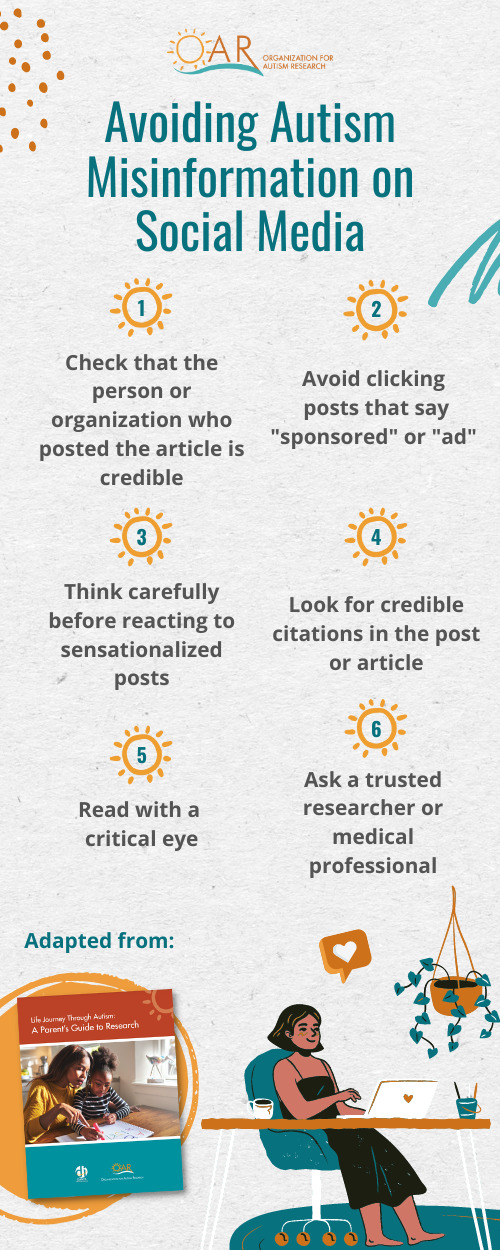
Teen Wins Award For A Coding Program
In 2020, Sreenidi Bala, a teenager from Farmington, Connecticut, started a passion project that would change the lives of hundreds of autistic students.
In 2018, the Pew Research Center reported that social media has surpassed print newspapers as a source of news information in the United States, and more than two thirds of adults use Facebook. Social media platforms, such as Facebook, Instagram, and Pinterest, use algorithms to determine the content that is most likely to be of interest to users. This means that if you have clicked on links or “liked” posts within social media, content related to those links will appear more often on your main page or newsfeed.
That is, social media sites attempt to predict what you want to see in the future based on your past interactions with friends or brands. Unfortunately, this can put you in a vulnerable position because, for example, “liking” a post about a child with autism sleeping through the night can lead to a deluge of advertisements and articles on your newsfeed about sleep and autism—whether you want them or not.
The news disseminated via social media usually has short headlines that are overly dramatic, emotion-provoking, or sensationalized to entice consumers scrolling through their newsfeed to click and read more. They may promote fixes or cures for autism or autism symptoms. Some of them will even intentionally try to make you feel sad or angry to provoke you to read the information. Finally, news sources, websites, and blogs receive money from advertisers based on the number of clicks or reads their pages receive. Keep these points in mind when reading headlines on social media to stop yourself from wasting time and energy on non-trustworthy news sources.
To filter through this information, use the following general guidelines for reading social media posts:

This post was adapted from Life Journey Through Autism: A Parent’s Guide to Research. Click here to order or download the guide.